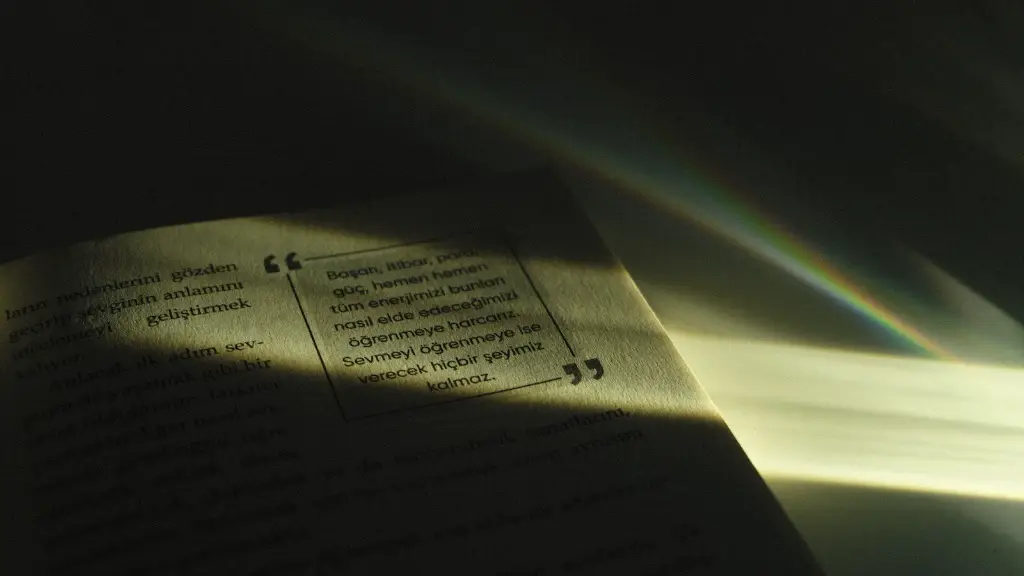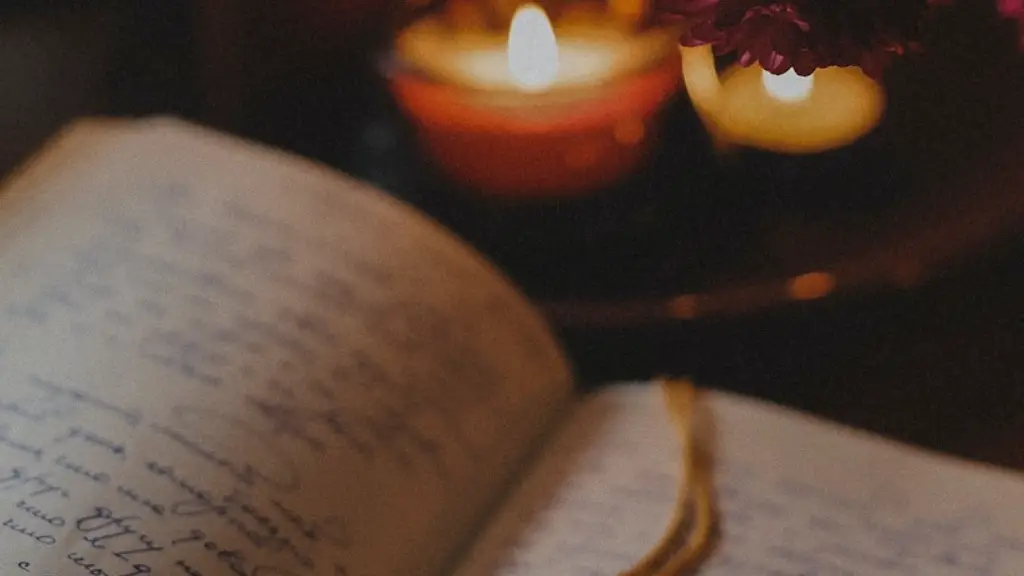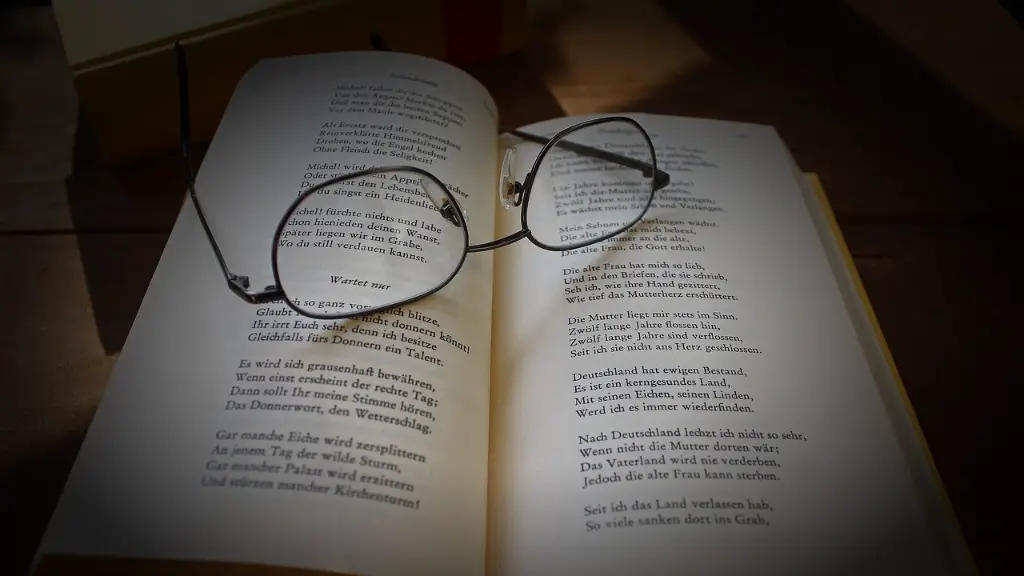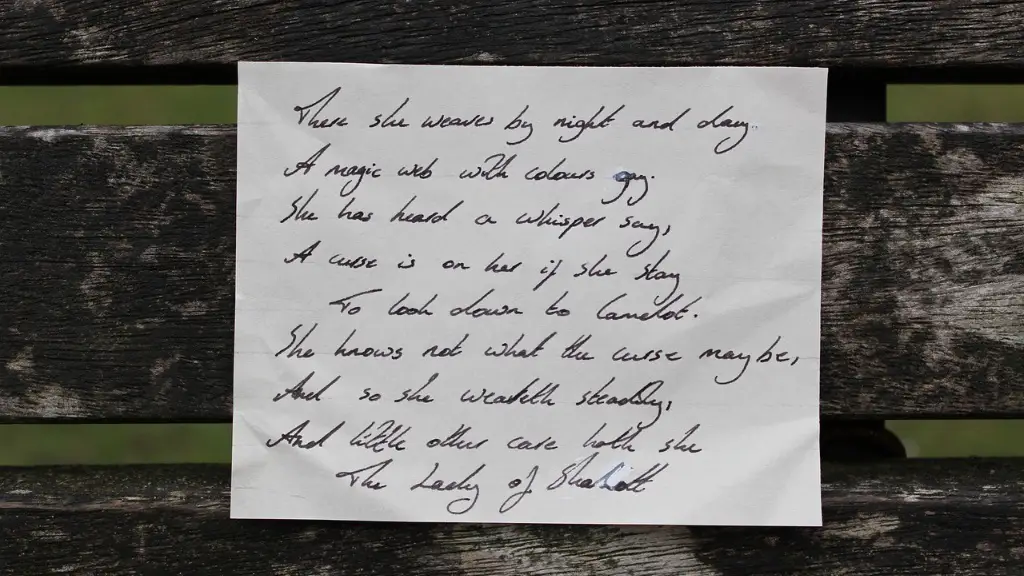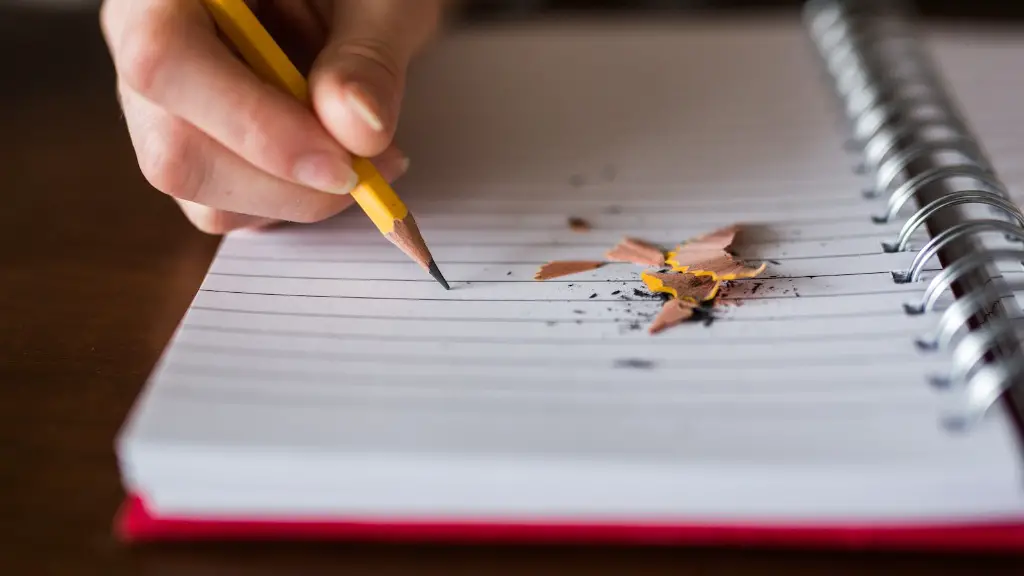Traditional Types of Poetry
The love of poetry has been around since the dawn of mankind and throughout the years, different types of poetry have been developed. Although some are no longer being published and practiced, there are still many different types of poetry today. Looking at them, you can see how they link to the past and how they have evolved over time.
Classical poetry, which is also known as traditional poetry, is the oldest of all the forms of poetry. It focuses on telling a tale or a story in an interesting and often memorable way using the power of imagery, metaphor, and rhythm. Epic poems, such as Homer’s ‘The Iliad’ and ‘The Odyssey’, and narrative poems like ‘Sir Gawain and the Green Knight’ are just a few examples of this type of poetry. These poems are often written in strict rhyme and meter schemes, meaning that specific syllable counts and sounds occur throughout the lines of the poem.
Lyric poetry is another type of traditional poem. It focuses on expressing the emotions of the poet, and it often uses strong imagery, metaphor, and sound devices to convey these feelings. This type of poem is often quite personal and focuses on topics such as love and longing. ‘Ode to a Nightingale’ by John Keats is a great example of this type of poem, as it speaks of the poet’s admiration and yearning for the beauty of nature.
Haikus make up another category of traditional poem. This type of poem dates back to 17th century Japan and is composed of three lines, with the first and last lines having five syllables and the middle line having seven. This type of poem is usually focused on nature and usually has a spiritual or reflective message. ‘The Old Pond’ by Matsuo Bashō is a great example of this type of poem.
Modern Types of Poetry
Modern poetry has come into existence in the last two hundred years, with poets such as Walt Whitman and William Butler Yeats standing as some of the most respected writers of this style of poetry. This type of poetry is more experimental and focuses more on delivering meaningful messages within the poem.
The first type of modern poetry is free verse, which is a poem that does not adhere to a specific rhyme or meter scheme. This type of poem is often used to convey a feeling or message without being tied down by things such as meter. ‘O Captain! My Captain!’ by Walt Whitman is a great example of this type of poem. This poem uses personification to evoke powerful emotions in the reader and to draw attention to the message of the poem.
Another type of modern poem is slam poetry. This is a form of performance poetry in which the poet uses emotion, imagery, and story to deliver their message. This type of poetry is often written with a more modern style and may even contain explicit language. ‘The Blacks’ by Marc Smith is a great example of slam poetry, as it speaks to the plight of African Americans while inviting the audience and reader to reflect on their struggles.
Visual poetry is another form of modern poetry. This type of poem is made up of words, symbols, and images. It brings together the visual and the literary to create something that is not just a poem but also a work of art. ‘The Lake Isle of Innisfree’ by William Butler Yeats is a great example of this type of poem , as it is composed of words and images that together tell a powerful story.
Experimental Types of Poetry
Experimental poetry is a broad term for poetry that doesn’t follow traditional forms and structures. This type of poetry often incorporates other types of media, such as art and music, and focuses on pushing the boundaries of what a poem can be. These poems often deliberate defy structure in order to get the point across.
Concrete poetry is a popular example of this type of poetry. In this type of poem, the words and shapes come together to form a visual representation of the poem’s message. This type of poem often takes the form of an image or a symbol and is often used as a way to express complex emotions. ‘A Book of Fathomless Love’ by Shirin Neshat is a great example of this type of poetry, as it combines words and images to create a powerful and unique message.
Another type of experimental poetry is found poetry. This type of poem is made up of words and phrases that have been found in other sources, such as books and newspapers. These words and phrases are then rearranged to create a new poem. Poets are often able to convey powerful messages or commentary on current events by using sources from the world around them. ‘The Great Dust Storm’ by Frances Moore Lappé is a great example of this type of poem, as the poem is made up of words from a newspaper article but conveys a powerful and emotional message.
Language poetry is another type of experimental poetry. This type of poem focuses on using language in unconventional ways. Poets take apart words and rearrange them in unique ways to create new and interesting forms of expression. ‘The Language of Flowers’ by Josephine Wall is a great example of this type of poem, as it uses poetic language to explore the deep connection between flowers and humanity.
Pedagogical Types of Poetry
Pedagogical poetry, which is also known as didactic poetry, is a type of poetry that is used to teach the reader something. This type of poetry often uses metaphor, imagery, and narrative to convey a message. These poems are often used in school curriculums to teach lessons or educate the reader or listener.
The first type of pedagogical poetry is fables. These are short stories that usually involve animals or other anthropomorphic characters. They often contain moral or ethical lessons and are often used to teach people about social values. ‘The Ant and the Grasshopper’ by Aesop is a great example of this type of poem, as it uses animals to convey an important message about hard work and responsibility.
Another type of pedagogical poetry is proverbs. These are small, concise statements that often involve some sort of general truth or “traditional wisdom”. These sayings are often used to teach people lessons about life and are often used to illustrate how things should or should not be done. ‘A penny saved is a penny earned’ by Benjamin Franklin is a great example of this type of poem. This proverb depicts the importance of saving and encourages people to be more responsible with their money.
Limericks are another type of pedagogical poem. This type of poem is composed of five lines and often follows a rhyme scheme of AABBA. These poems are often humorous, but they also contain lessons on life. ‘There was an Old Man with a beard’ by Edward Lear is a great example of this type of poem, as it contains a moral lesson about life while still being amusing and entertaining.
Contemporary Types of Poetry
The world of poetry is ever-changing and evolving, and more and more types of poetry are being developed as the years go on. These types of poetry often incorporate elements from both traditional and modern poetry while still pushing the boundaries of what a poem can be.
The first type of contemporary poetry is spoken word poetry. This type of poem is meant to be performed and often uses elements of rap and hip hop music, as well as storytelling. This type of poem is often used as a way to give voice to marginalized or underrepresented groups, as it gives people a platform to speak their truth. ‘Fired Injustice’ by Isla Bell Murray is a great example of this type of poetry, as it speaks to the experience of working people in a powerful and honest way.
Another type of contemporary poetry is digital poetry. This type of poem is written using media other than the traditional written word. This can include images, sound, video, and even code. These types of poems often explore how media and technology can be used to create something new while still expressing the same feelings and emotions that traditional poetry can. ‘Hello World’ by Knut Hamsun is a great example of this type of poem, as it uses computer code to create an interactive and immersive experience.
Finally, rap poetry is an example of contemporary poetry. This type of poem uses the same lyrical and rhythmical patterns of rap and hip hop music to convey a message. Rap poetry often speaks to wider issues and can be used as a form of protest or protest art. ‘The Revolution Will Not Be Televised’ by Gil Scott-Heron is a great example of this type of poem, as it speaks to systemic racism and oppression in a powerful and direct way.
Future Types of Poetry
As the world of poetry continues to evolve and change, more and more types of poetry will come into existence. As poets continue to push the boundaries of what a poem can be, new forms of expression will be born. Some examples of future types of poetry include sound poetry, interactive poems, and augmented reality poetry.
Sound poetry is a form of poetry that integrates sound and music into the poem. This type of poem often uses spoken words, sound effects, and background music to create a unique and immersive experience. ‘Sonnet/Chant’ by poet Gerald Stern is a great example of this type of poem, as it combines spoken words with musical elements to create a powerful and unique experience.
Interactive poetry is another type of future poetry. This type of poem is meant to be experienced and interacted with by the reader. It often incorporates text, images, and sound to create a dynamic and engaging experience for the reader. ‘The Pigeon the Dove’ by John Donne is a great example of this type of poem, as it invites the reader to explore and interact with the poem in order to appreciate its full meaning and beauty.
Augmented reality poetry is another type of future poem that uses augmented reality technology to create an immersive and interactive experience for the reader. This type of poem often involves navigating a virtual space or environment in order to explore the poem. ‘Couple in the Garden’ by Carolyn Forché is a great example of this type of poem, as it uses augmented reality to create a unique and interactive experience for the reader.
